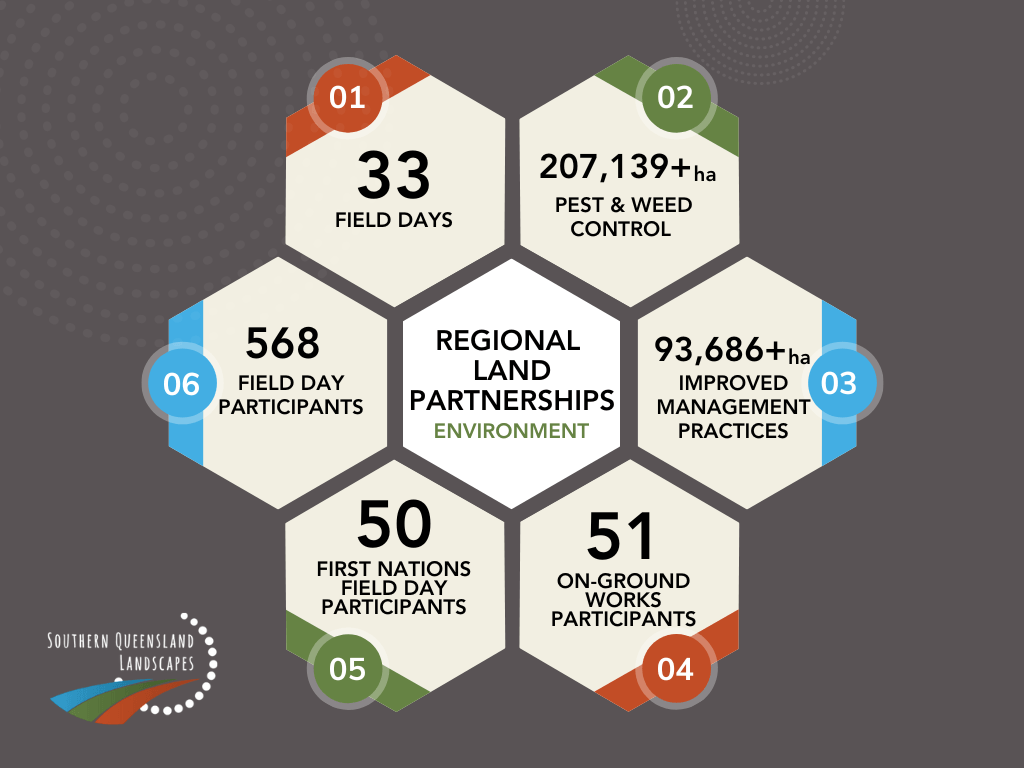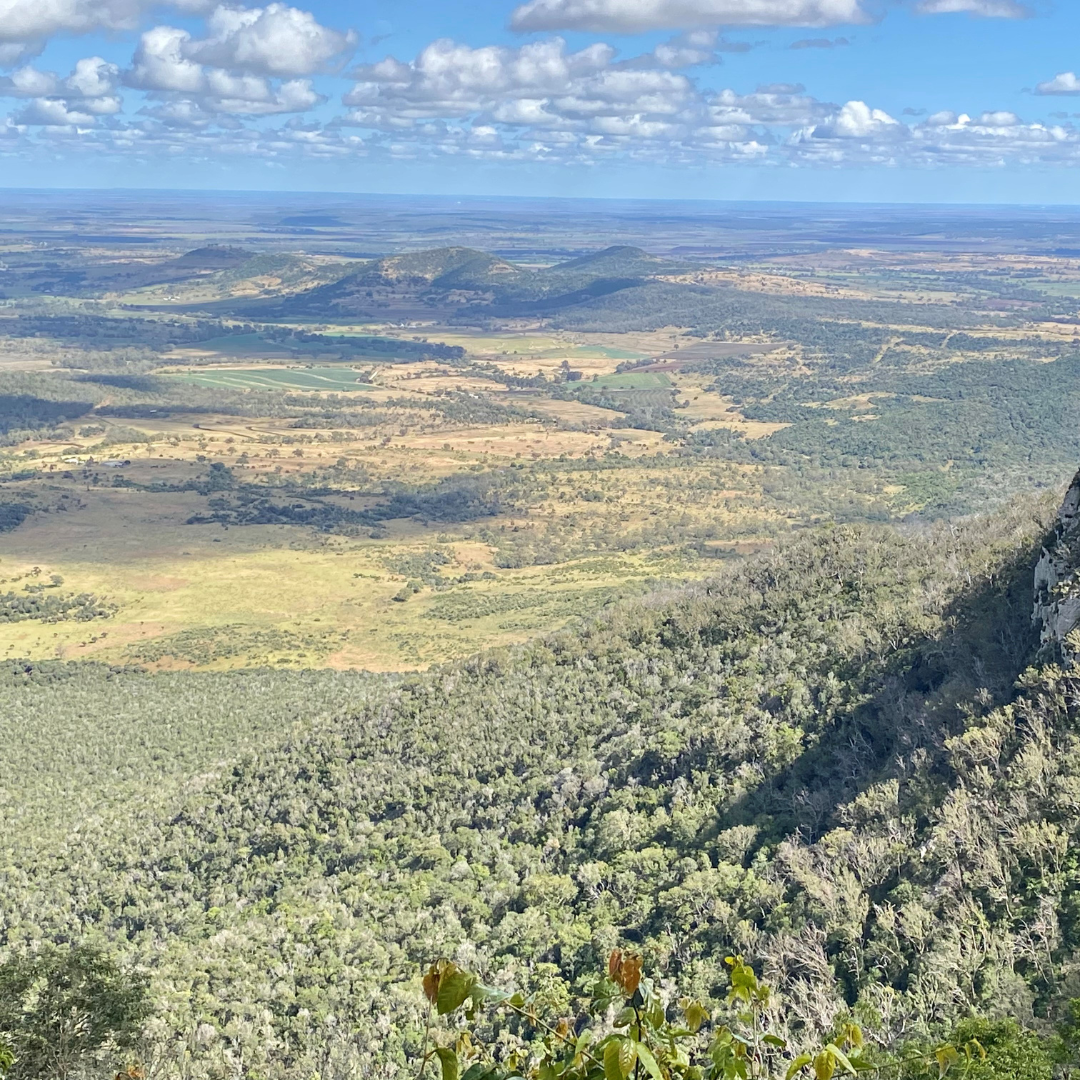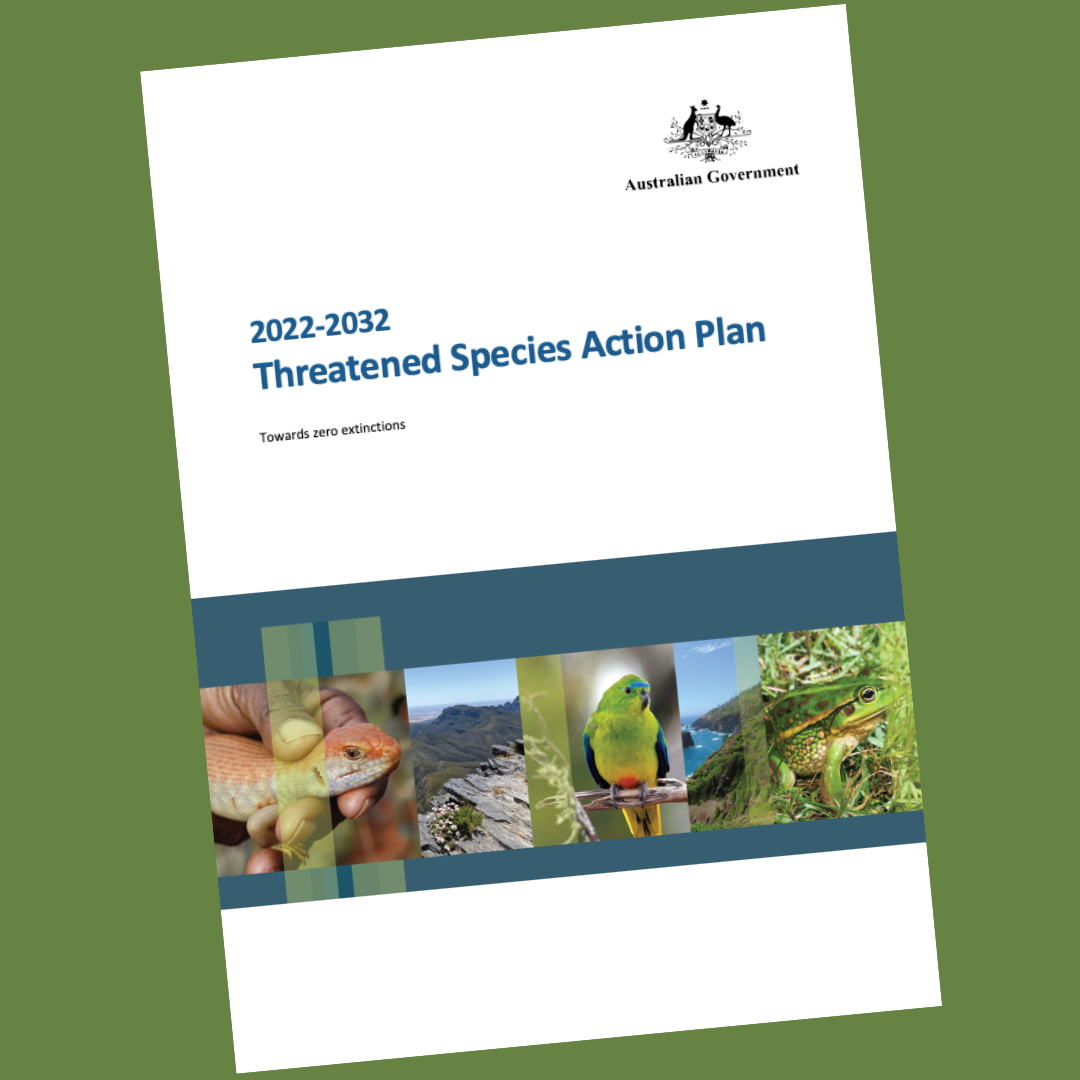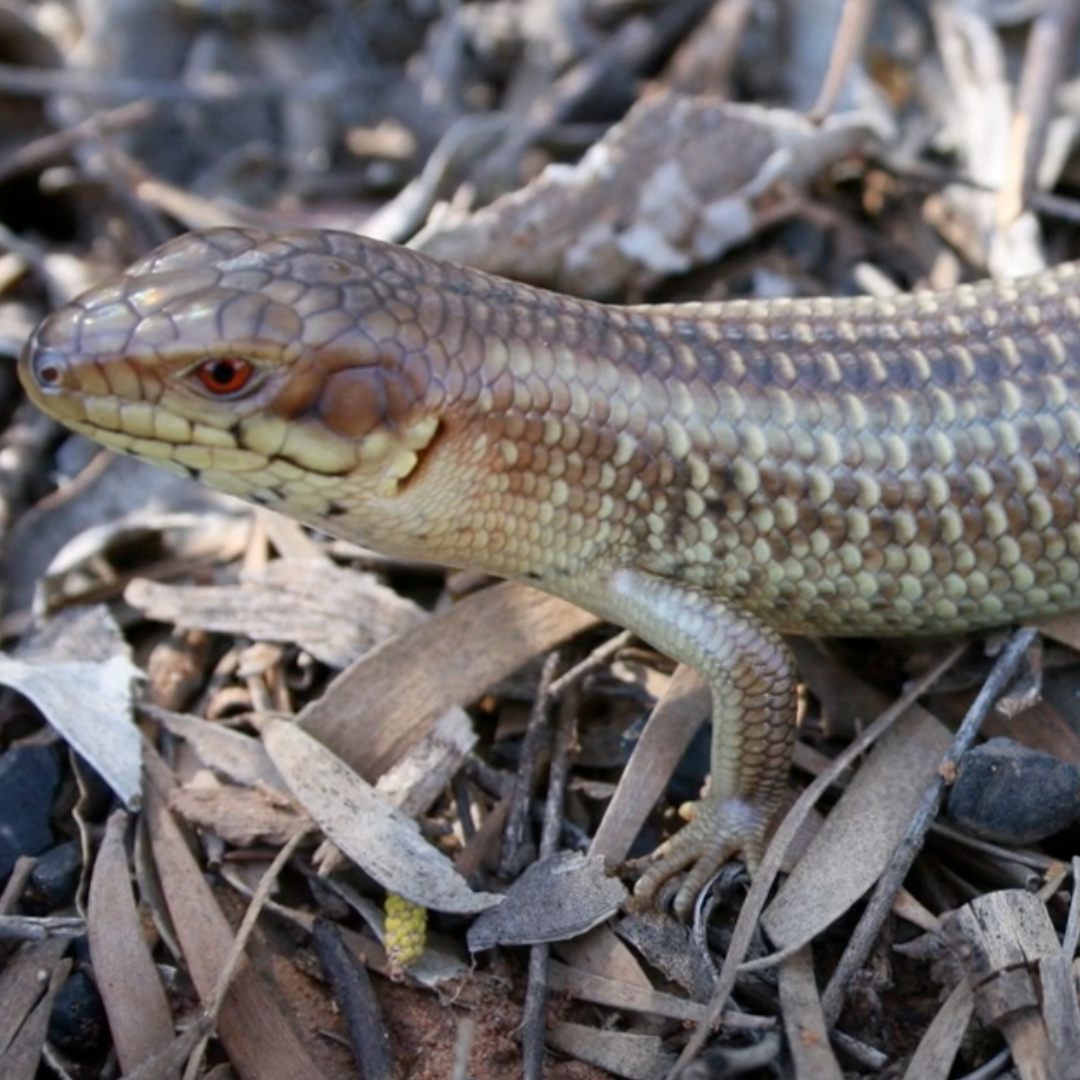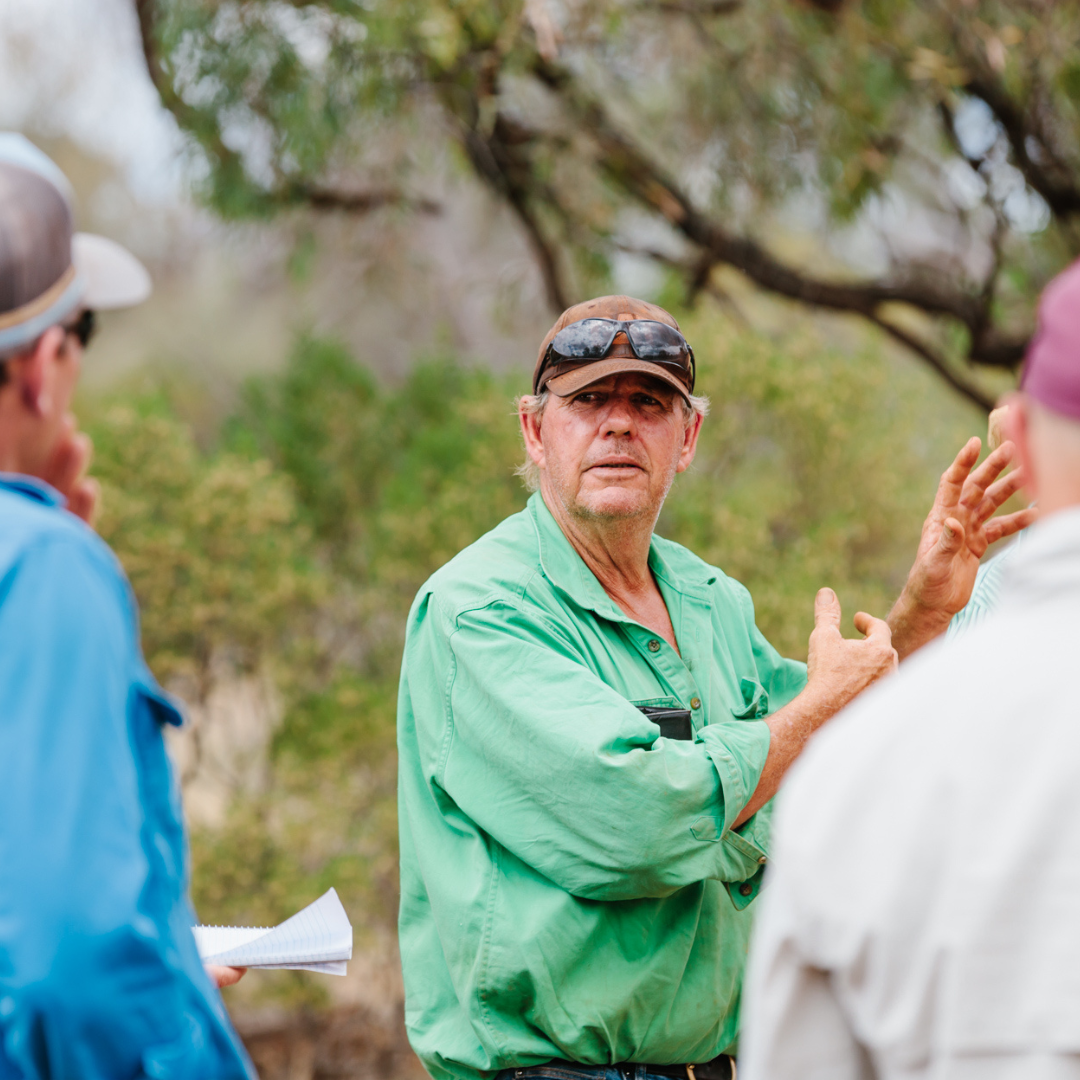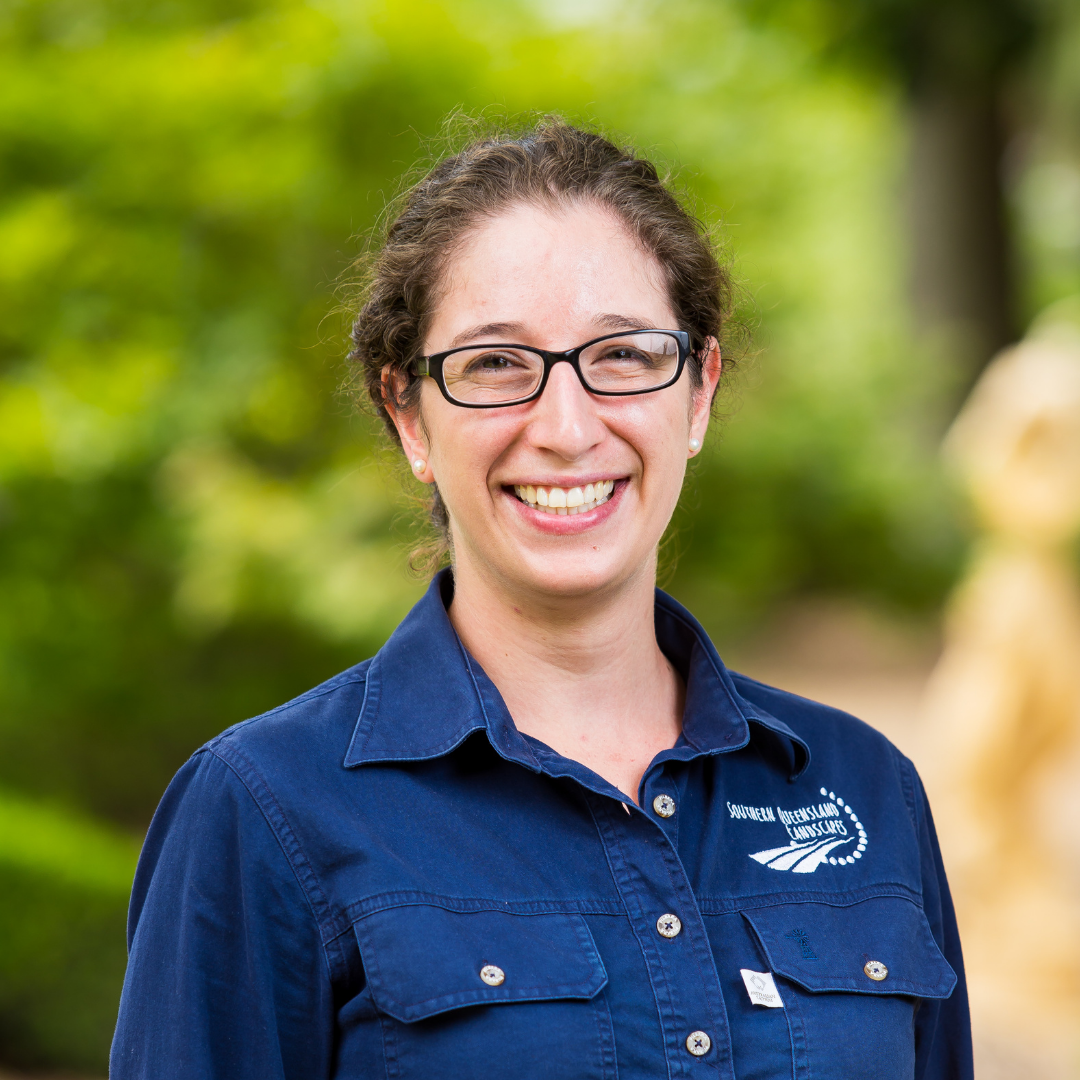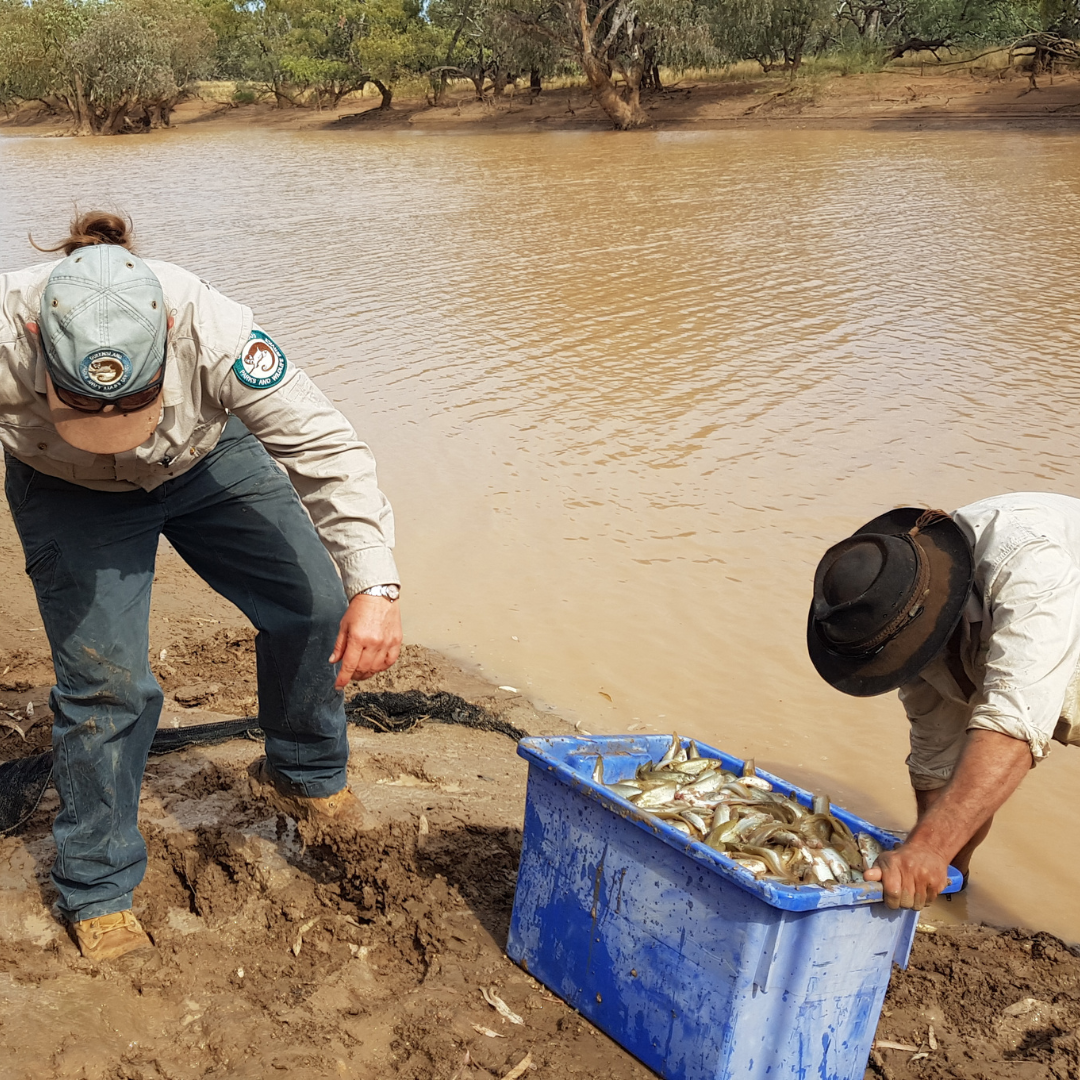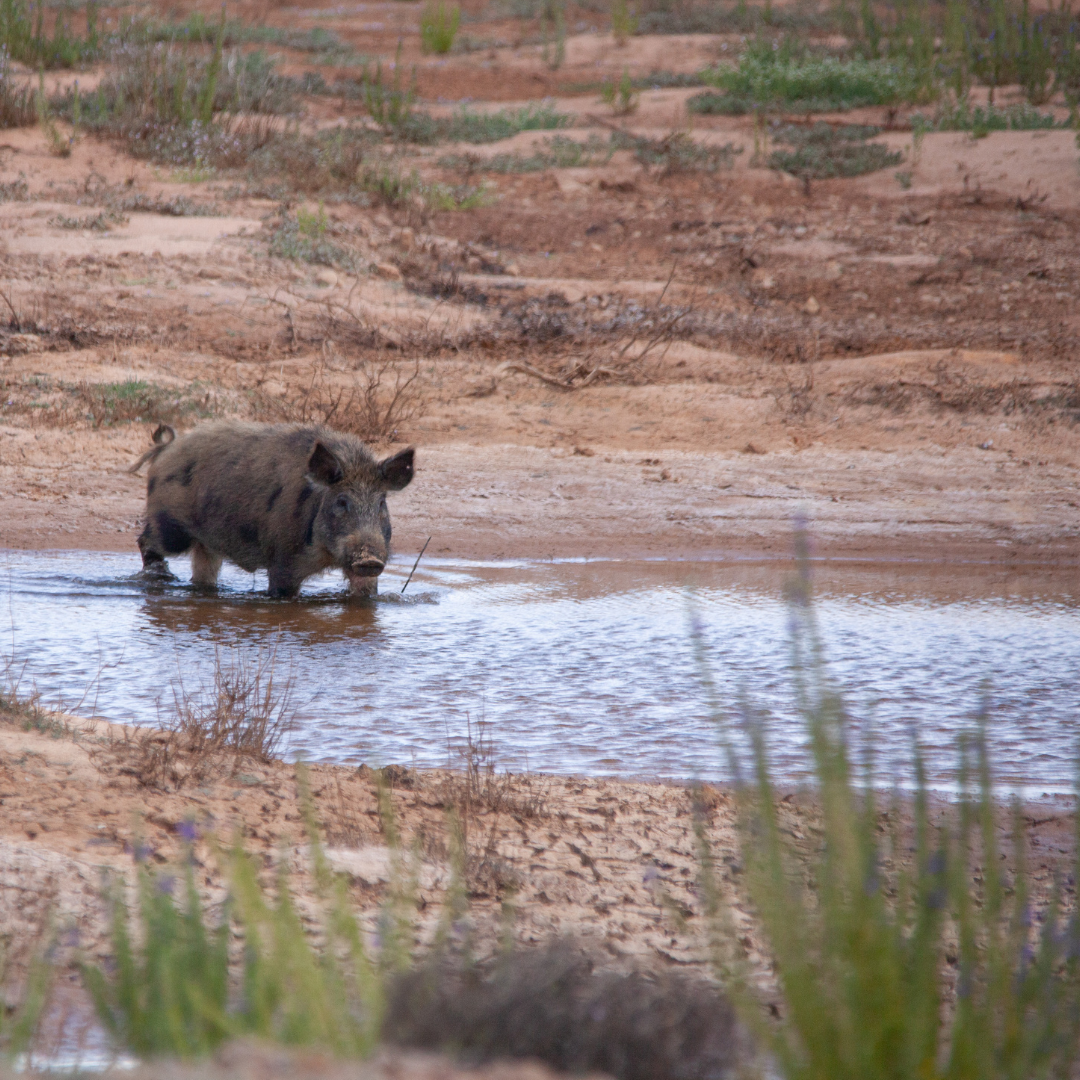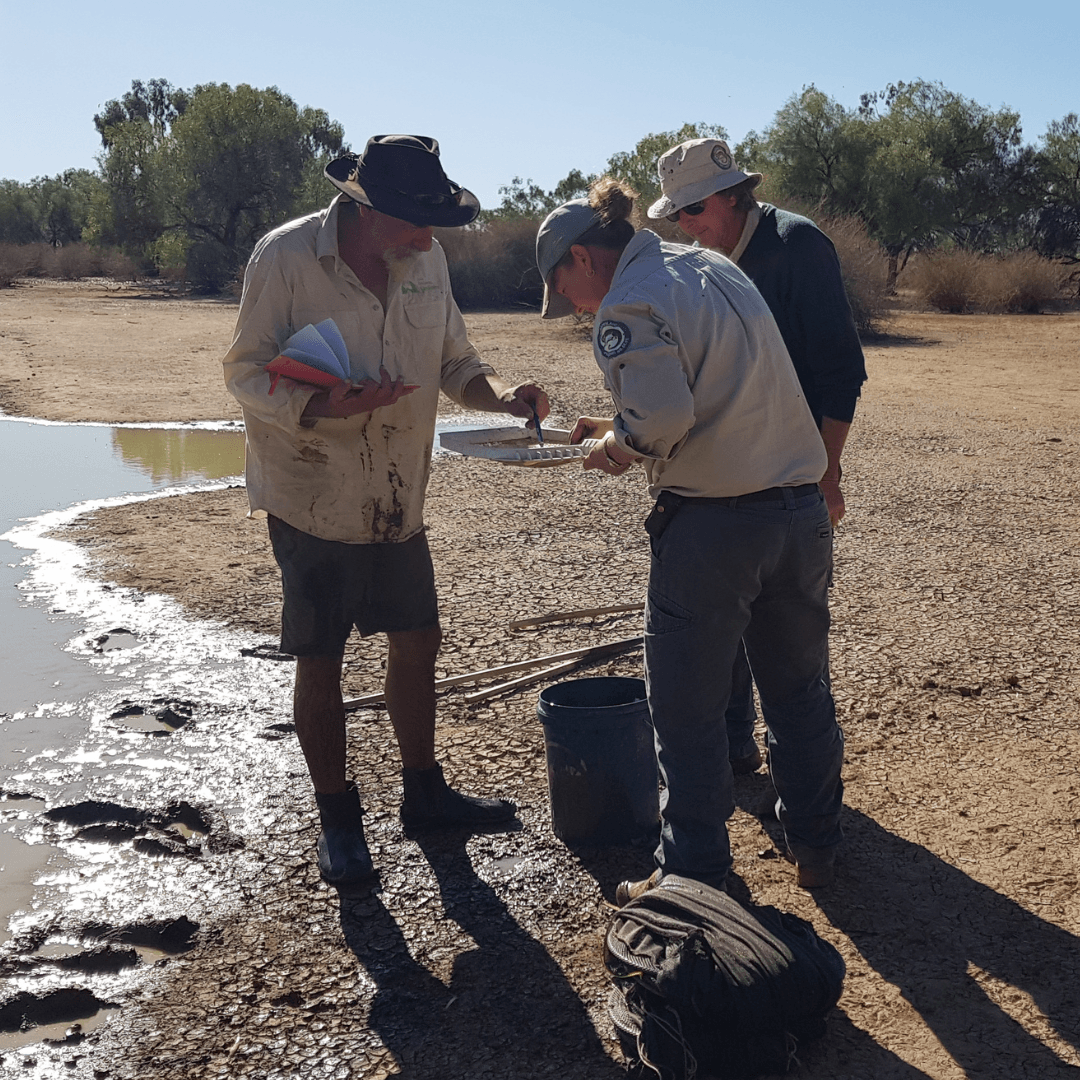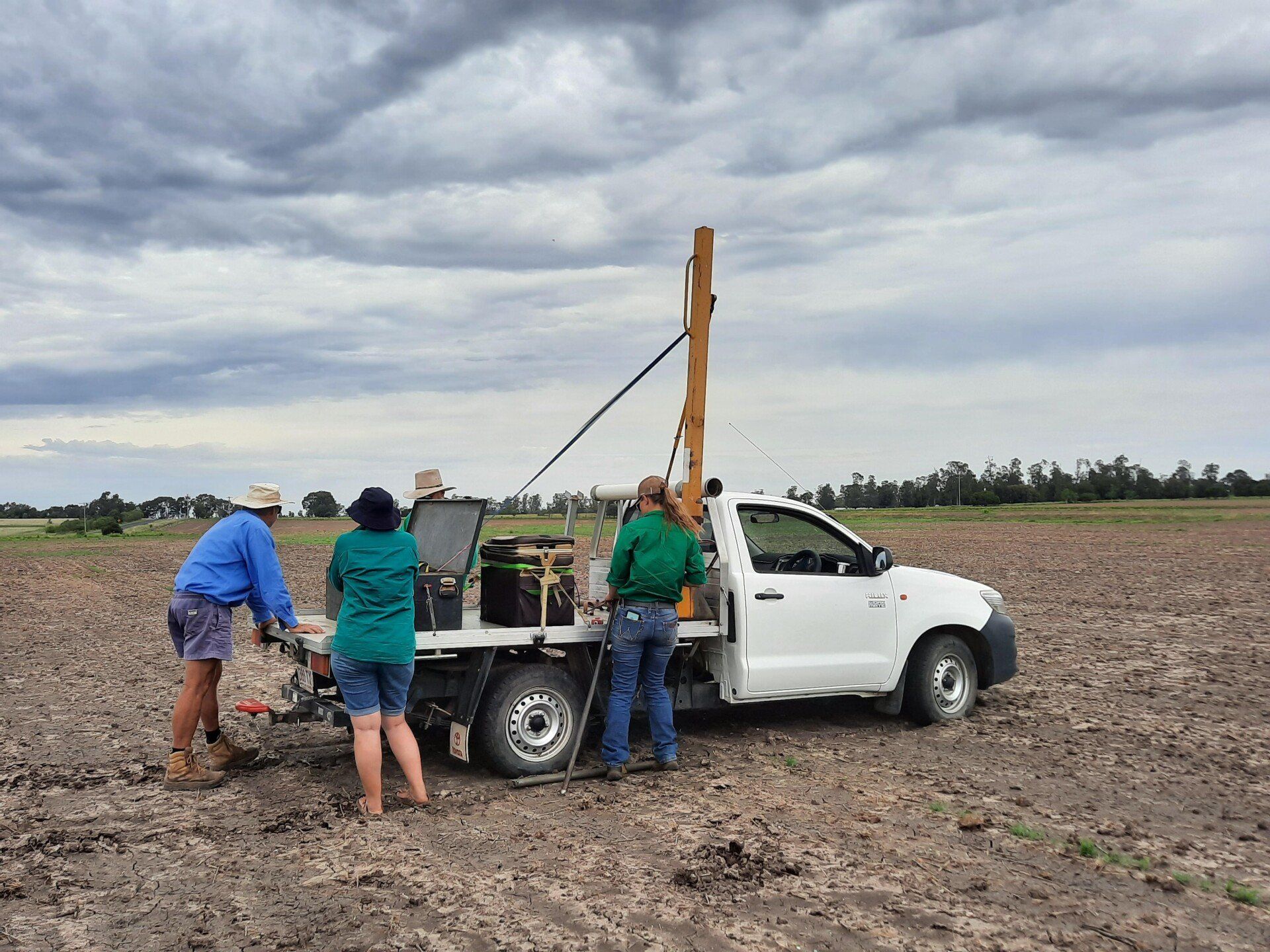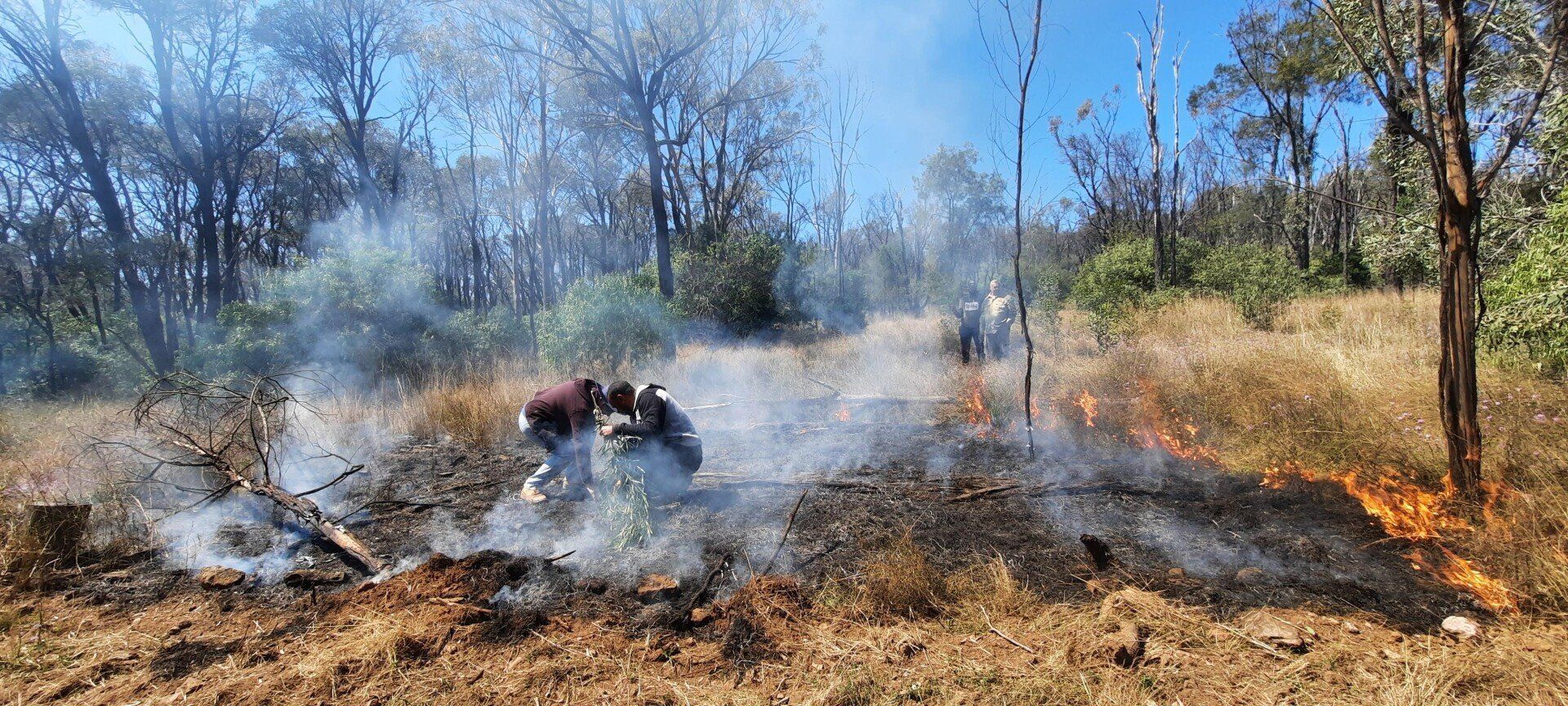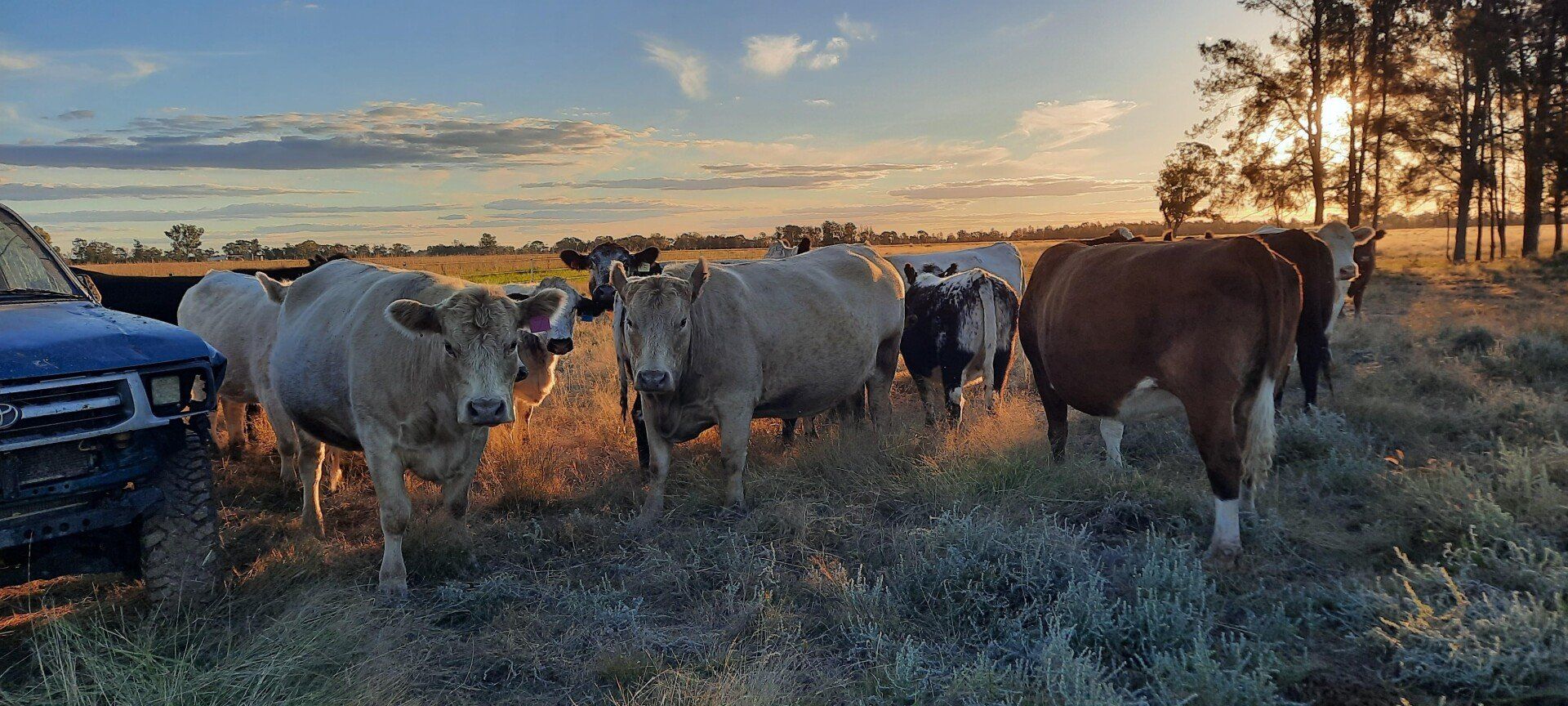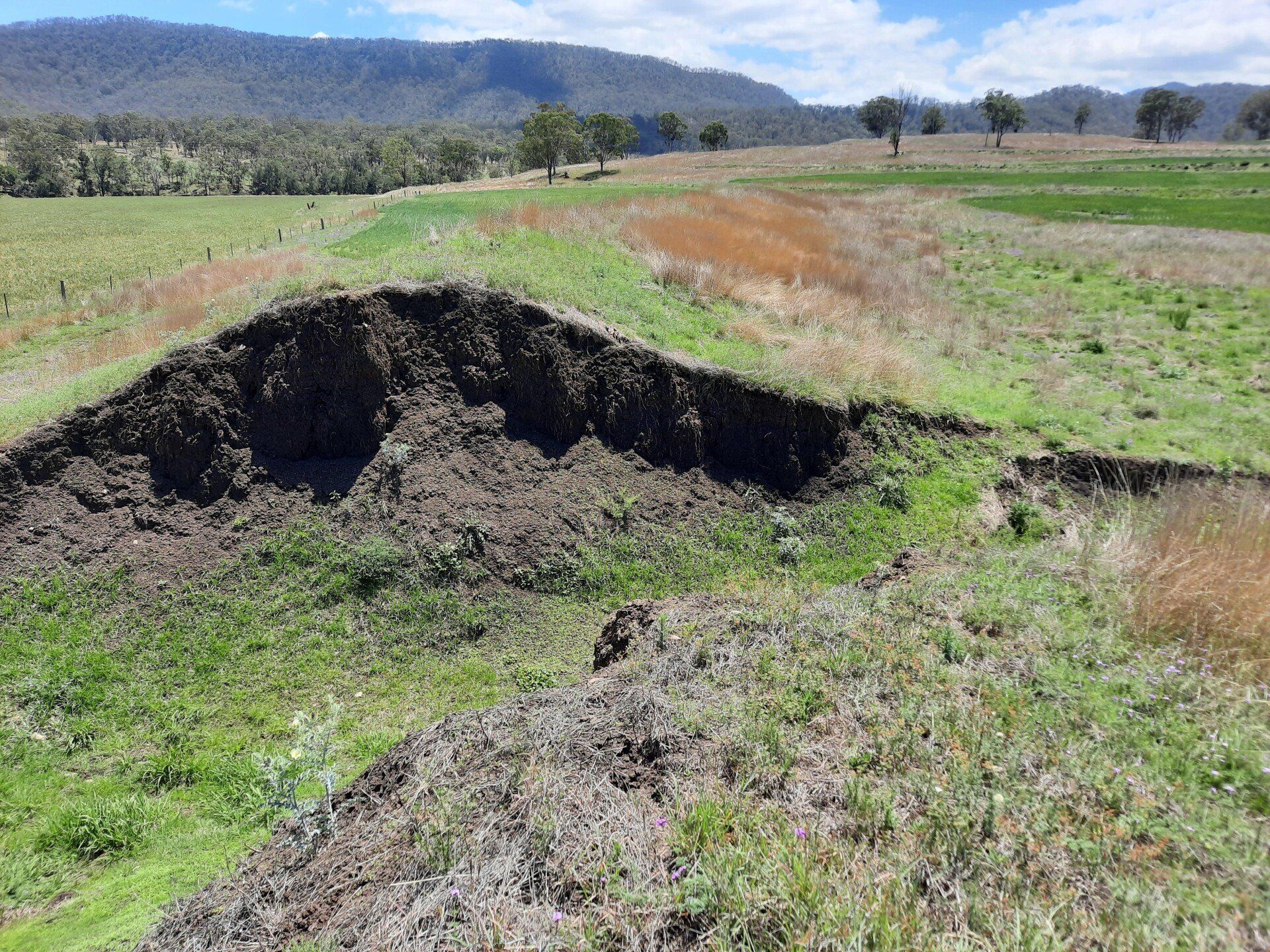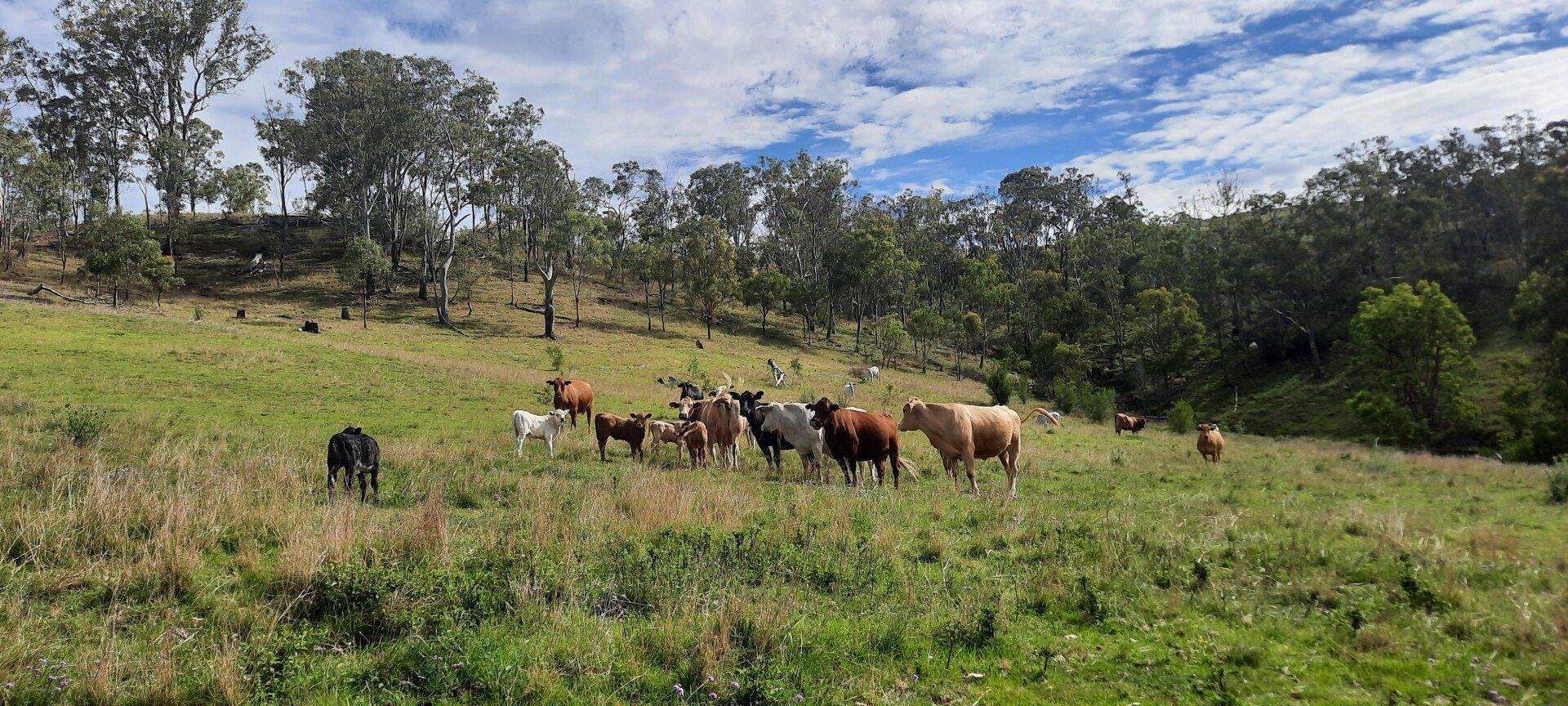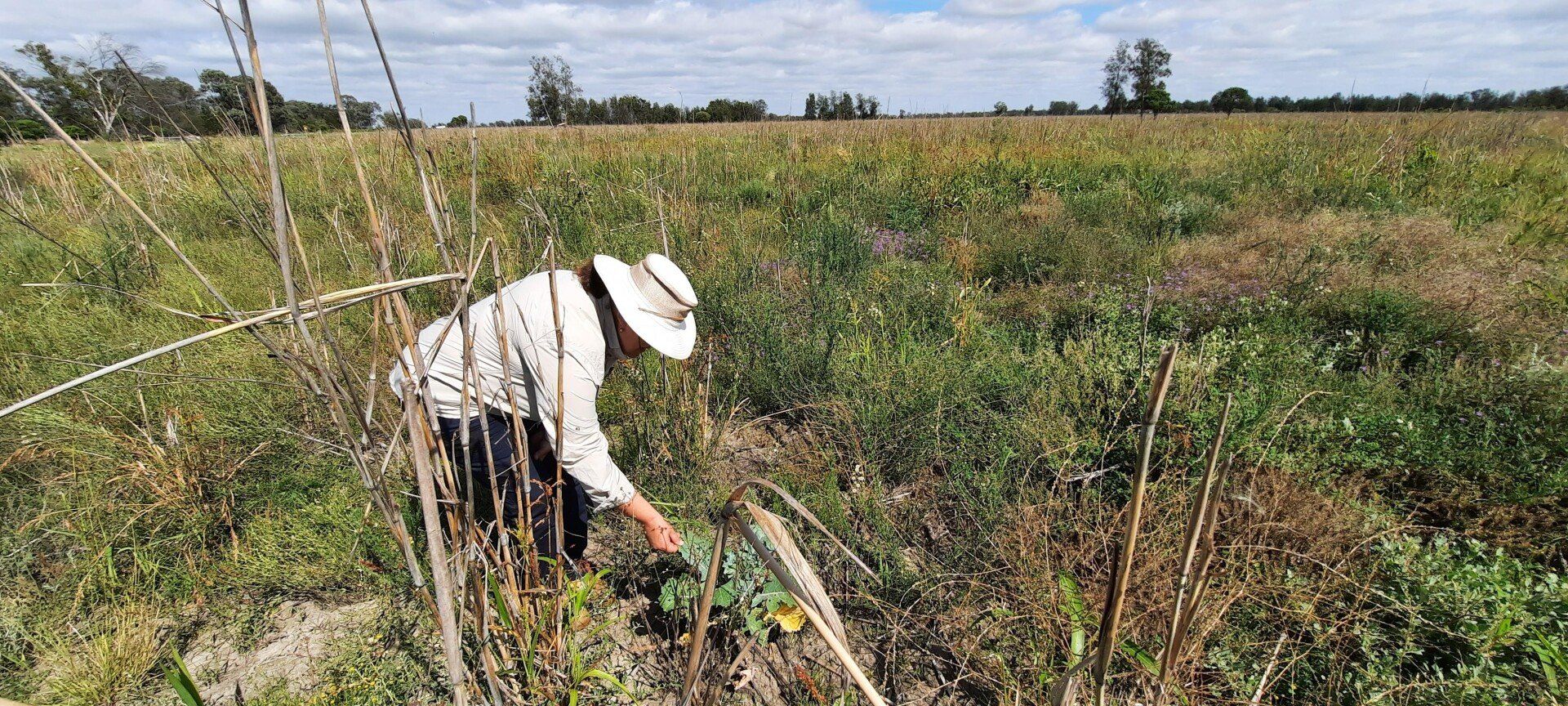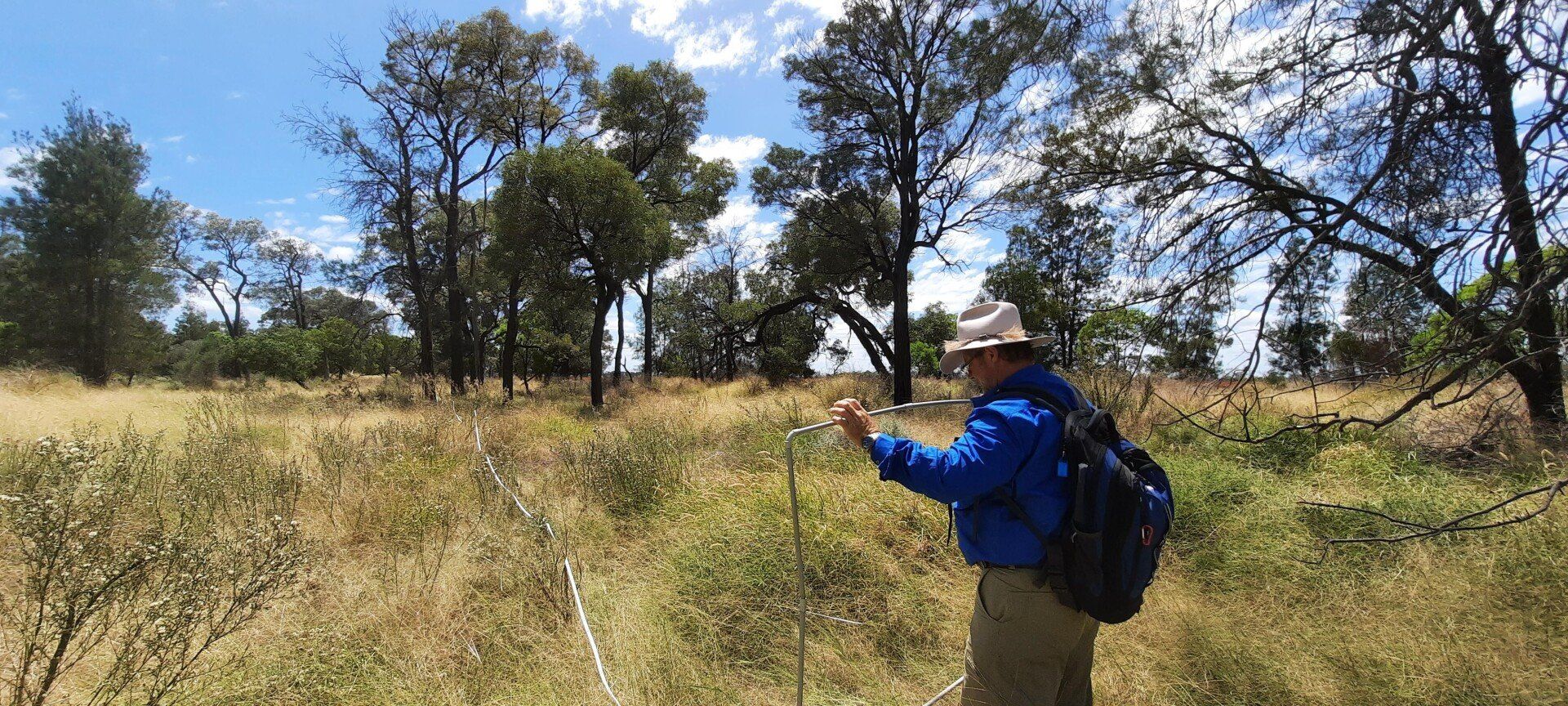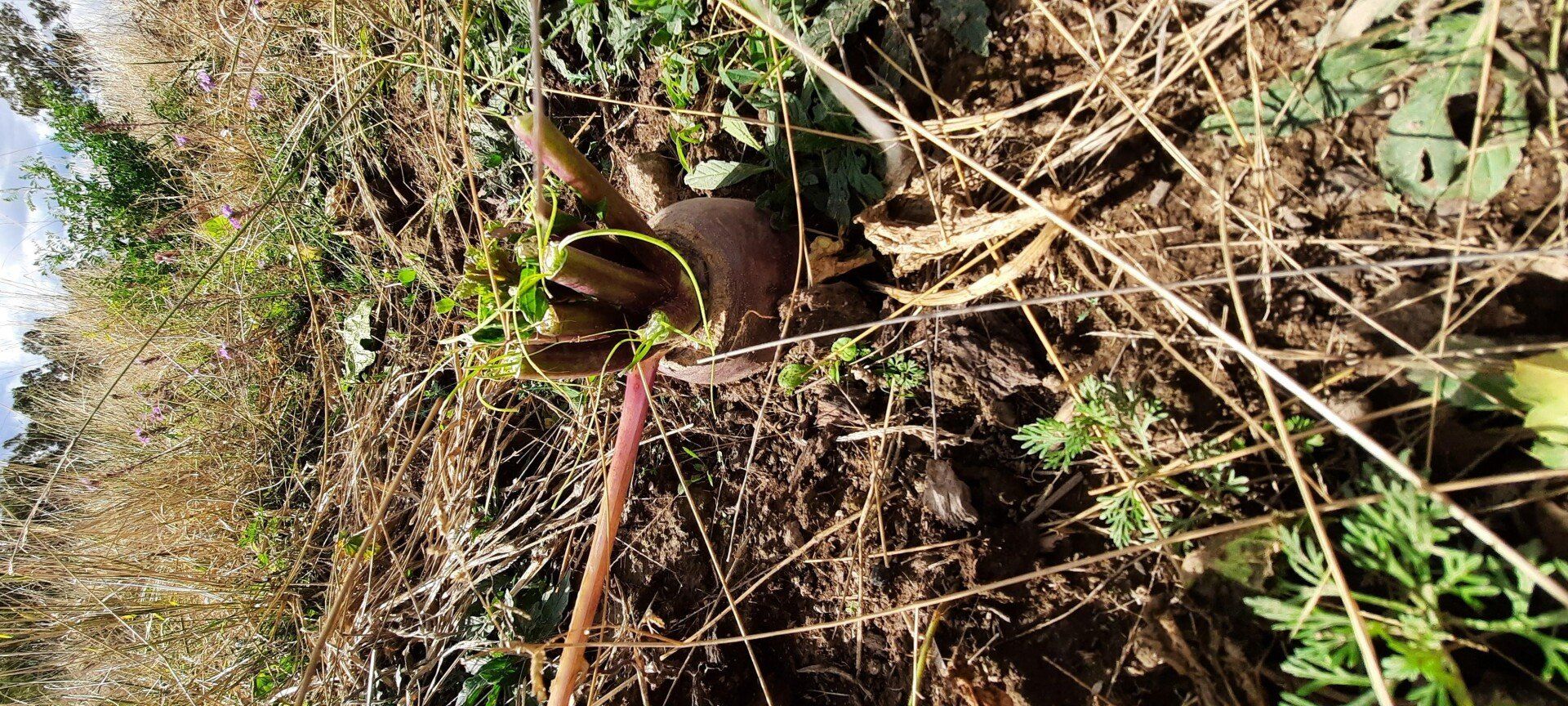Regional Land Partnerships - Environment Project
Regional Land Partnerships - Environment Project is a $5.3 million dollar investment from the Australian Government through the National Landcare Program focused on improving three ecosystems in Southern Queensland including Brigalow and Weeping Myall remnants in the Murray-Darling Basin, Natural Grasslands and Poplar Box Grassy Woodlands of the Darling Downs and the Currawinya Ramsar Wetlands of south-west Queensland.
What Have We Achieved To Date?
Through the Regional Land Partnerships - Environment Project, 33 field days have been held, attracting some 568 participants; 50 of whom identified as First Peoples. Fifty-one people also took part in on-ground works through the project which included 28,159 hectares of weed reduction and 178,980 hectares of pest control and a further 93,686 hectares of practice change.
Latest Project News

Brigalow & Weeping Myall remnants in the Murray-Darling Basin
Brigalow is a species of silvery wattle that creates the open forests and woodland communities known as the Brigalow Belt. SQ Landscapes' region includes the Southern Brigalow Belt which is a highly fragmented landscape supporting numerous rare and threatened flora and fauna species: particularly reptiles such as the Yakka skink (Egernia rugosa) and Woma python (Aspidites ramsayi).
Through $1.8 million of funding from the Australian Government's National Landcare Program SQ Landscapes aims to assist land managers to improve the health of the Brigalow TEC (Threatened Ecological Community) by reducing threats from bush fire, invasive weed species, feral animals, overgrazing, soil erosion and salinity, and clearing.
Of the animal species that formerly occupied the Brigalow Belt, several are now extinct including the Paradise parrot (Psephotellus pulcherrimus) and Darling Downs hopping-mouse (Notomys mordax).
Bush fire
Bush fire poses a significant risk to Brigalow country and the species that it supports.
Invasive weed species
Invasive weeds compete for water and nutrient resources often outcompeting native flora.
Feral animals
Pigs, foxes, rabbits, cats and wild dogs compete for food sources with native animals and contribute to the spread of pests and diseases in Brigalow country.
Overgrazing
Overgrazing can put undue stress on the sensitive Brigalow ecosystem and contribute to weed set and infestations.
Soil erosion & salinity
Brigalow country is known for its high inherent salt loads and highly erodible soils which are prone to erosion and salinity.
Habitat fragmentation
Clearing of Brigalow country contributes to reduced agricultural productivity, rising soil salinity, declining livestock weights and leaching of the root zone.
Protecting Yakka skink in the Murray-Darling Basin
Through the Regional Land Partnerships - Environment Project, Southern Queensland Landscapes has been working with land managers throughout Southern Queensland to protect Brigalow remnants for fauna including the Yakka skink.
The Yakka skink (Egernia rugosa) is native to the Brigalow Belt in Queenlsand but it is at risk from loss of habitat owing to impacts from feral animals, weeds and threatening land management processes. The Yakka skink is large and secretive and as an omnivore feeds on a diet of spiders, grasshoppers and beetles.
Watch the video to learn more.
Currawinya Ramsar Wetlands
The Currawinya Lakes Ramsar site, located within Currawinya National Park in south-west Queensland is one of the Australia’s most important inland wetlands and is recognised internationally.
The wetlands include Lake Numalla (freshwater) and Lake Wyara (saltwater), clay pans, swamps, smaller lakes, springs and the waterholes of Paroo River. These wetland systems provide habitat and sanctuary for a spectacular array of waterbirds including waders and shorebirds migrating through inland Australia. Each lake supports a distinct community of waterbirds due to different water conditions.
$2.1 million dollars is being invested in the maintenance and protection of the Currawinya Ramsar Wetlands through the National Landcare Program’s Regional Land Partnerships.
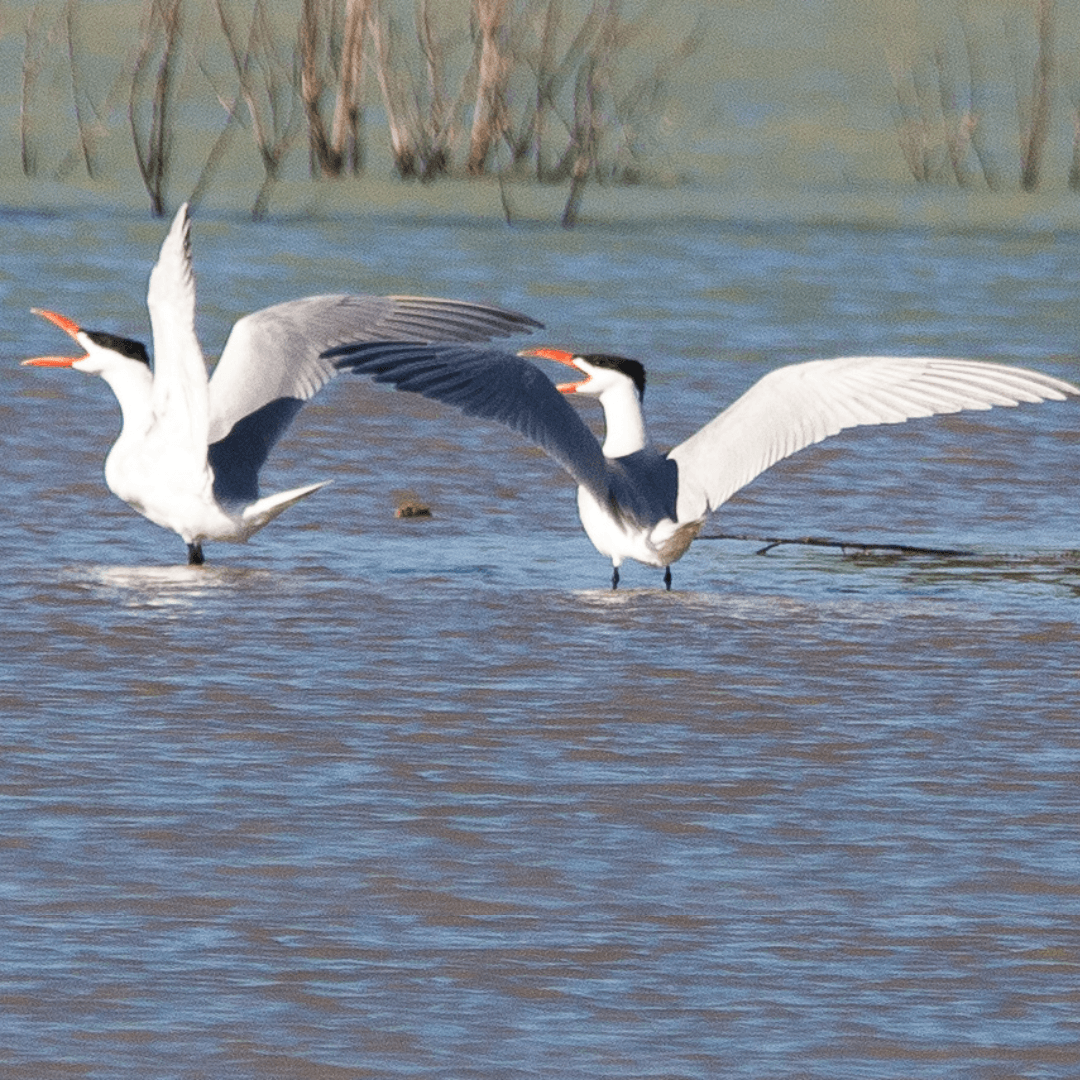
Changes in water quality
Lakes Numalla and Wyara are some of inland Australia's most important wetlands supporting thousands of waterbirds from 41 different species.
Erosion
With high volumes of water running through the system erosion can threaten the watercourses.
Ground cover
Ground cover is hugely important in slowing the flow of water through the system and reducing erosion risk.
Invasive weeds
Invasive weeds pose a significant threat to the wetlands
Feral animals
Regular feral animal control is applied to the wetlands in a bid to reduce impact to the sensitive ecosystem and the fauna it supports.
Waterbird predation
Feral animals can have significant impact on waterbird populations, particularly at nesting time.
More Project News
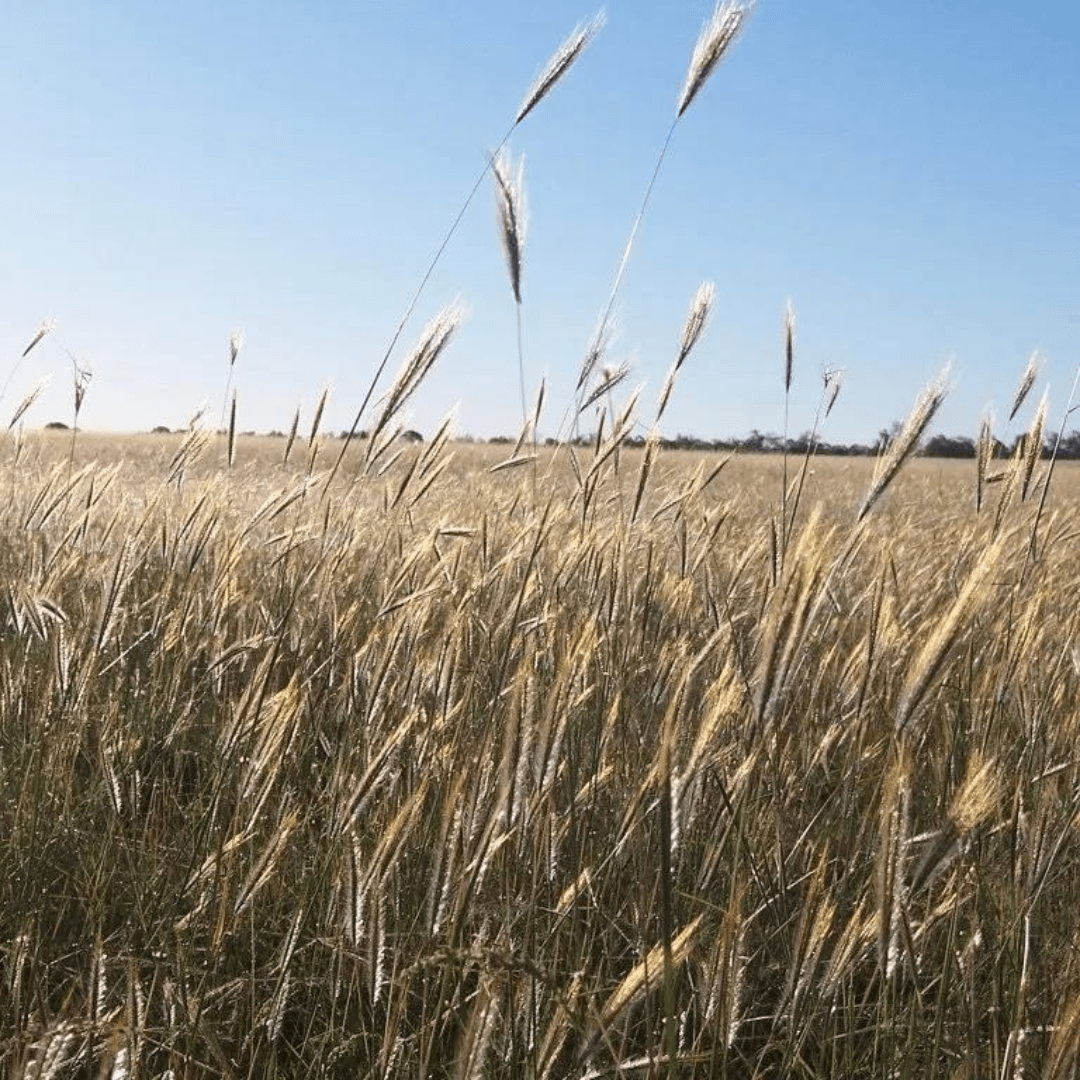
Natural Grasslands & Poplar Box Grassy Woodlands of the Darling Downs
Treeless grasslands dominated by Queensland bluegrass (Dicanthium sericeum) were once the most common vegetation type across the Darling Downs. Now, the grasslands have been reduced to approximately one percent of their former area.
Without a shrub and tree canopy layer, structural diversity in this ecological community is found in the well developed grass tussocks and inter-tussock spaces as well as in the forbs, twining herbs and decaying vegetation. The deep soil cracks are also important habitats for many native species.
Natural Grasslands & Poplar Box Grassy Woodlands on the Darling Downs provide habitat for a number of threatened flora and fauna species including Koala (Phascolarctos cinereus), Austral cornflower
(Rhaponticum australe), King bluegrass
(Dichanthium queenslandicum), the Condamine earless dragon
(Tympanocryptis condaminensis) and grey snake
(Hemiaspis damelii).
The health of our grasslands and the species they support are under threat from weed invasion, feral animals, overgrazing and conversion of native pastures to improved species and cropping. SQ Landscapes are working across priority areas in our region to assist land managers with maintaining these grasslands remnants with an investment of $1.4 million dollars until 2023 from the National Landcare Program’s Regional Land Partnerships.
Poplar Box Grassy Woodland ecosystem & dominant grasslands of the Darling Downs
Join SQ Landscapes Project Officer Isabella Murphy and University of Queensland Researcher Dr Jennifer Silcock as they take you on a tour of the Poplar Box Grassy Woodland ecosystem and dominant grasslands of the Darling Downs.
You will discover Australia's only native thistle (Rhaponticum australe), learn how to identify Queensland bluegrass (Dicanthium sericeum), marvel at the Poplar box (Eucalyptus populnea), and uncover the production value of Tall Oats Grass (Themeda avenacea).
How to prevent weed spread with a thorough vehicle wash down
Join Environmental Consultant Lisel Dingley from Dynamic Environmental as she explores reducing biosecurity risks on your property with thorough vehicle wash down techniques.
As Lisel explains in the video prevention is better than a cure; so one hour of washing down your vehicle today can save you years of weed control in the future.
Bush fire
Bush fires burn hot and can have a negative impact on germination rates of native grass seeds.
Invasive Weed Species
Invasive weed species can outperform native grasses and reduce biodiversity.
Feral animals
Feral animals compete for food and water resources and add pressure to the sustainability of native populations.
Overgrazing
Overgrazing puts significant pressure on native vegetation giving weed species an opportunity to establish dominance.
Soil erosion
Overgrazing and clearing can leave soils unprotected and at risk of soil erosion.
Improved species & cropping
Improved species and cropping reduces biodiversity and natural habitat of native species.
Using fire in the landscape with Victor Steffensen at Jimbour Station
In March 2020, SQ Landscapes hosted a series of fire workshops with Victor Steffensen which attracted over 250 people across five locations in Southern Queensland including Mitchell, Miles, Millmerran, Jimbour and Irongate.
At Jimbour Station,where this video was filmed, the focus was on using fire to heal Natural Grasslands.
Victor is an Aboriginal filmmaker, facilitator and fire practitioner. He works with communities and particularly young people to help protect cultural knowledge and heal the landscape through fire practice and understanding the relationships between ecosystems, the land and the people.
Meet the Project Coordinators
Project Delivery Lead Christine Crafter
Chris brings more than 35 years of experience in conservation and land management to the team.
With a strong background in managing natural resources and addressing threats to biodiversity and production values, much of it in western Queensland, Chris enjoys sharing her experiences with land managers and helping them realise goals in their enterprise.
When she's not at work she's exploring the local area or absorbed in her workshop projects.
Project Delivery Lead Natasha Mylonas
Natasha is a proud environmentalist and passionate about sustainable practices both in the home and the landscape.
Natasha is a logical thinker and solutions focussed, applying her extensive knowledge of Natural Systems and Wildlife to the many projects she oversees and manages.
More Project News
This project is supported by Southern Queensland
Landscapes through funding from the Australian Government’s National Landcare Program.

